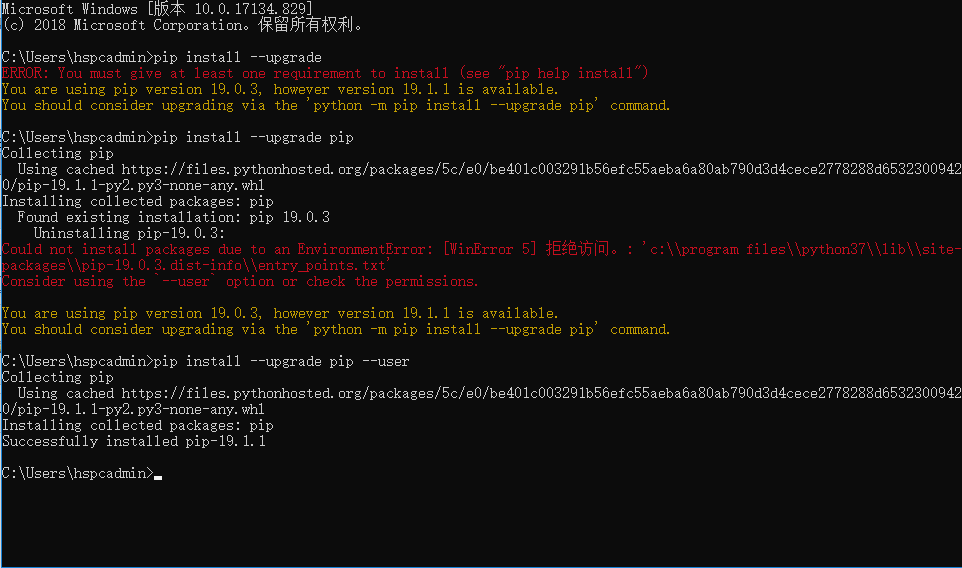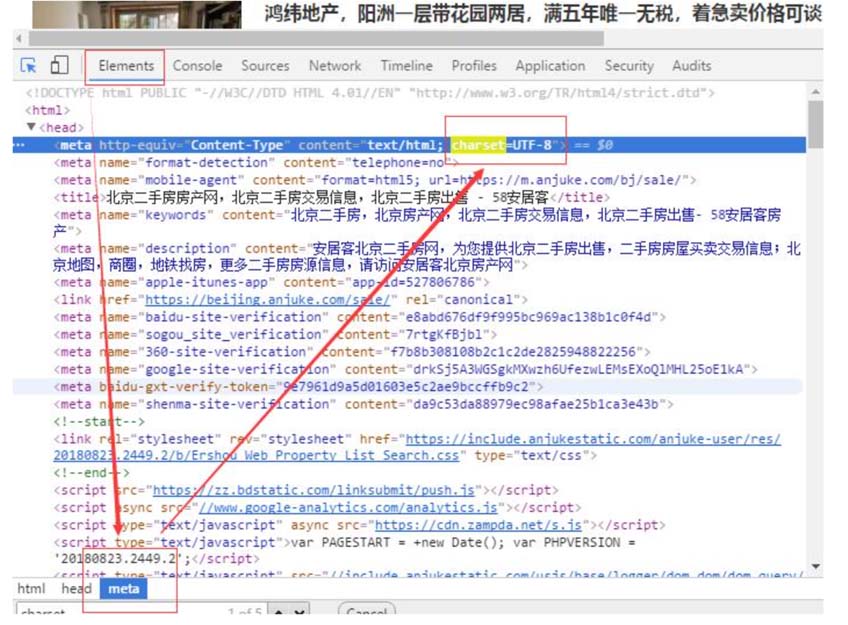python装饰器使用方法实例
什么是python的装饰器?
网络上的定义:
装饰器就是一函数,用来包装函数的函数,用来修饰原函数,将其重新赋值给原来的标识符,并永久的丧失原函数的引用。
最能说明装饰器的例子如下:
#-*- coding: UTF-8 -*-
import time
def foo():
print 'in foo()'
# 定义一个计时器,传入一个,并返回另一个附加了计时功能的方法
def timeit(func):
# 定义一个内嵌的包装函数,给传入的函数加上计时功能的包装
def wrapper():
start = time.clock()
func()
end =time.clock()
print 'used:', end - start
# 将包装后的函数返回
return wrapper
foo = timeit(foo)
foo()
python中提供了一个@符号的语法糖,用来简化上面的代码,他们的作用一样
import time
def timeit(func):
def wrapper():
start = time.clock()
func()
end =time.clock()
print 'used:', end - start
return wrapper
@timeit
def foo():
print 'in foo()'
foo()
这2段的代码是一样的,等价的。
内置的3个装饰器,他们分别是staticmethod,classmethod,property,他们的作用是分别把类中定义的方法变成静态方法,类方法和属性,如下:
class Rabbit(object):
def __init__(self, name):
self._name = name
@staticmethod
def newRabbit(name):
return Rabbit(name)
@classmethod
def newRabbit2(cls):
return Rabbit('')
@property
def name(self):
return self._name
装饰器的嵌套:
就一个规律:嵌套的顺序和代码的顺序是相反的。
也是来看一个例子:
#!/usr/bin/python
# -*- coding: utf-8 -*-
def makebold(fn):
def wrapped():
return "<b>" + fn() + "</b>"
return wrapped
def makeitalic(fn):
def wrapped():
return "<i>" + fn() + "</i>"
return wrapped
@makebold
@makeitalic
def hello():
return "hello world"
print hello()
返回的结果是:
<b><i>hello world</i></b>
为什么是这个结果呢?
1.首先hello函数经过makeitalic 函数的装饰,变成了这个结果<i>hello world</i>
2.然后再经过makebold函数的装饰,变成了<b><i>hello world</i></b>,这个理解起来很简单。

